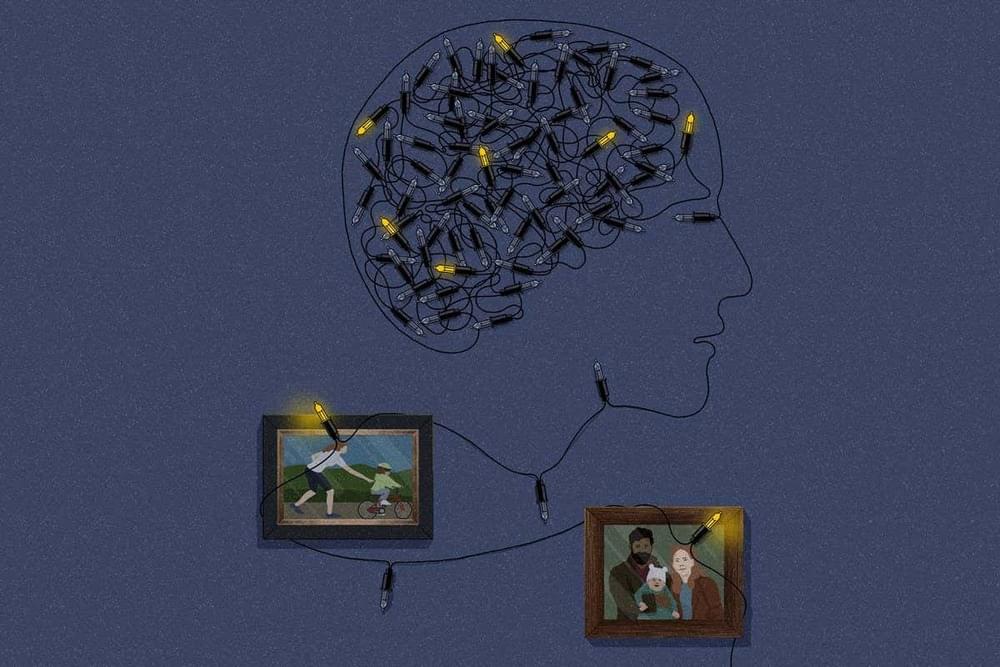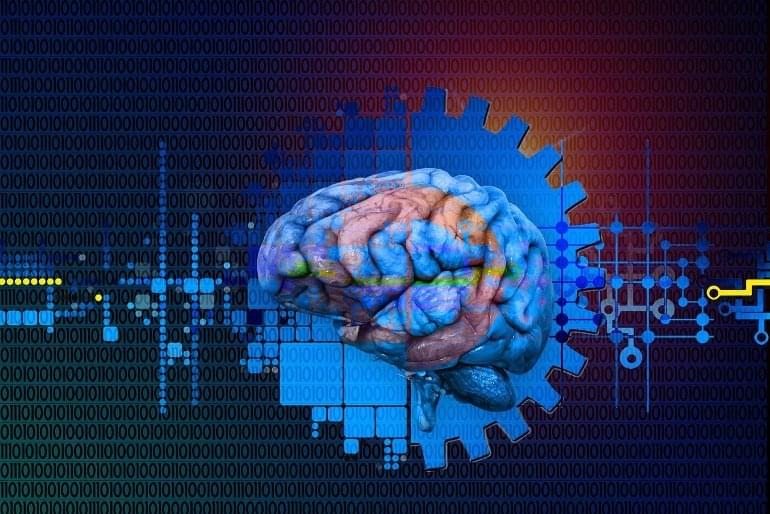A cancer vaccine could be an effective way to prevent cancer from evolving and becoming resistant to treatment, new research suggests.
Scientists were investigating the use of a cancer-killing virus in clinical trials, and observed, as they had also seen in mice, that although some patients initially responded to the treatment, their tumours soon became resistant.
The researchers showed that the specific mutations causing tumour cells to become resistant to the viral treatment, could be anticipated and exploited using a vaccine which, when tested in mice, was shown to trigger the immune system to destroy treatment resistant tumour cells.
Scientists have developed a cancer vaccine that in mice was shown to trigger the immune system to destroy treatment-resistant tumor cells.







